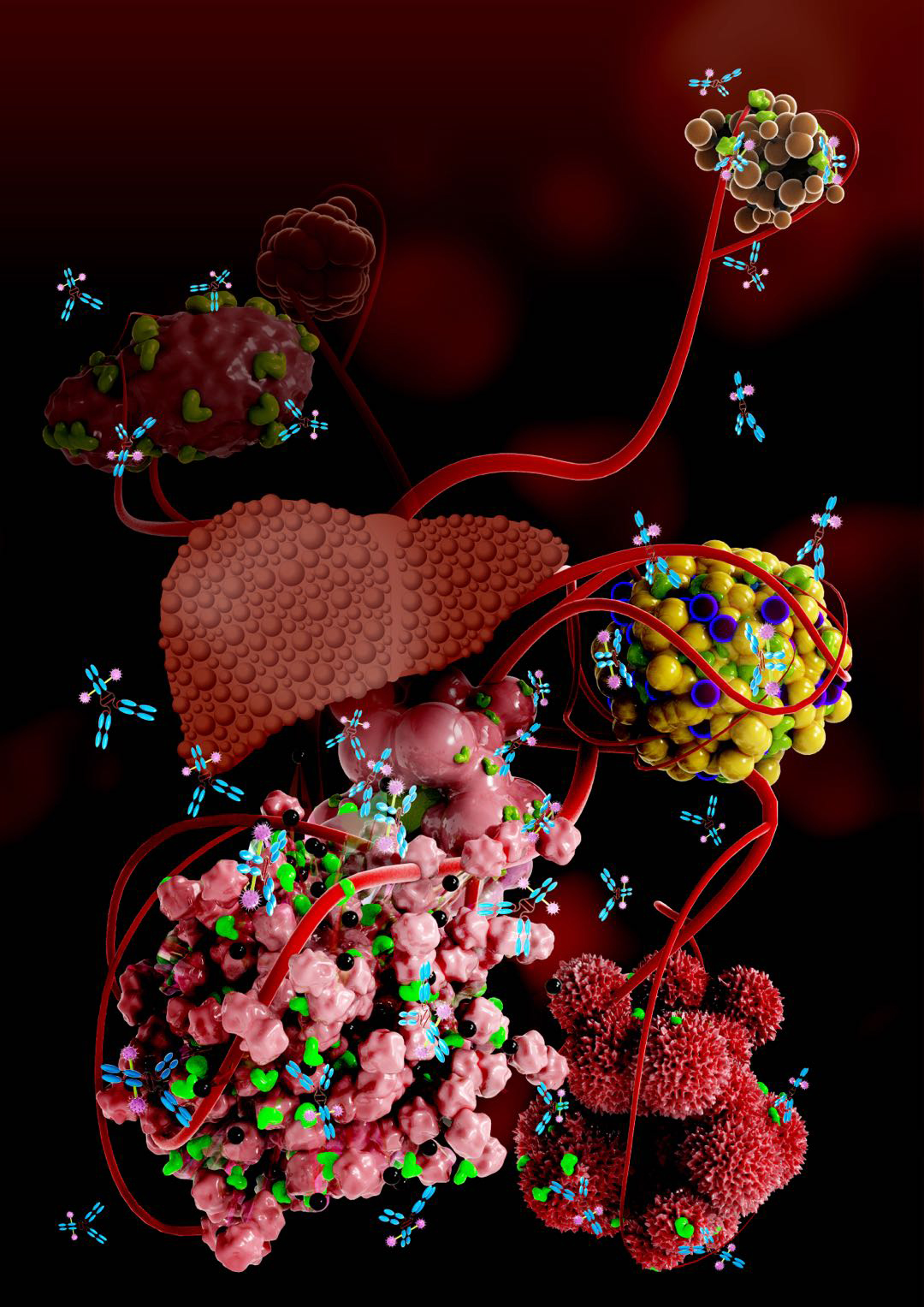HCC ranks the fifth most prevalent cancers in the world and is the third leading cause of cancer deaths
Cirrhosis is a late-stage liver disease in which healthy liver tissue is replaced with scar tissue and the liver is permanently damaged. Many types of liver diseases and conditions injure healthy liver cells, causing cell death and inflammation. It is widely accepted that long-term inflammation will eventually induce liver cancer, of which HCC is the most common type. HCC ranks the fifth most prevalent cancers in the world and is the third leading cause of cancer deaths, with approximately 400,000 newly diagnosed patients every year in China. Lack of suitable biomarkers for early detection and limited treatment strategies are the major causes of high mortality. The emergence of immune checkpoint inhibitors such as monoclonal antibodies directed against the programmed cell death protein 1 (PD-1) has revolutionized HCC clinical treatment recently. However, due to tumor heterogeneity and the immune suppressive microenvironment, only a small fraction of patients responded well to immune-based therapies.
Mechanistic studies linking pediatric diseases, development and tumor lineage plasticity have enabled our partner scientists to uncover novel therapeutic targets for HCC and CAA. In one such study, over expression of CLDN6 has been shown to induce phenotypic changes from HCC to CCA, which is refractory to Sorafenib treatment. A monoclonal anti-CLDN6 antibody conjugated with cytotoxic agent (Mertansine) DM1 (CLDN6-DM1) was developed and showed potent antitumor efficacy in preclinical models.
At Pediatric Immunity and Healthcare we strive to translate these findings into therapies to benefit a broad population of cancer patients.

Ming Liu
08 June 2021